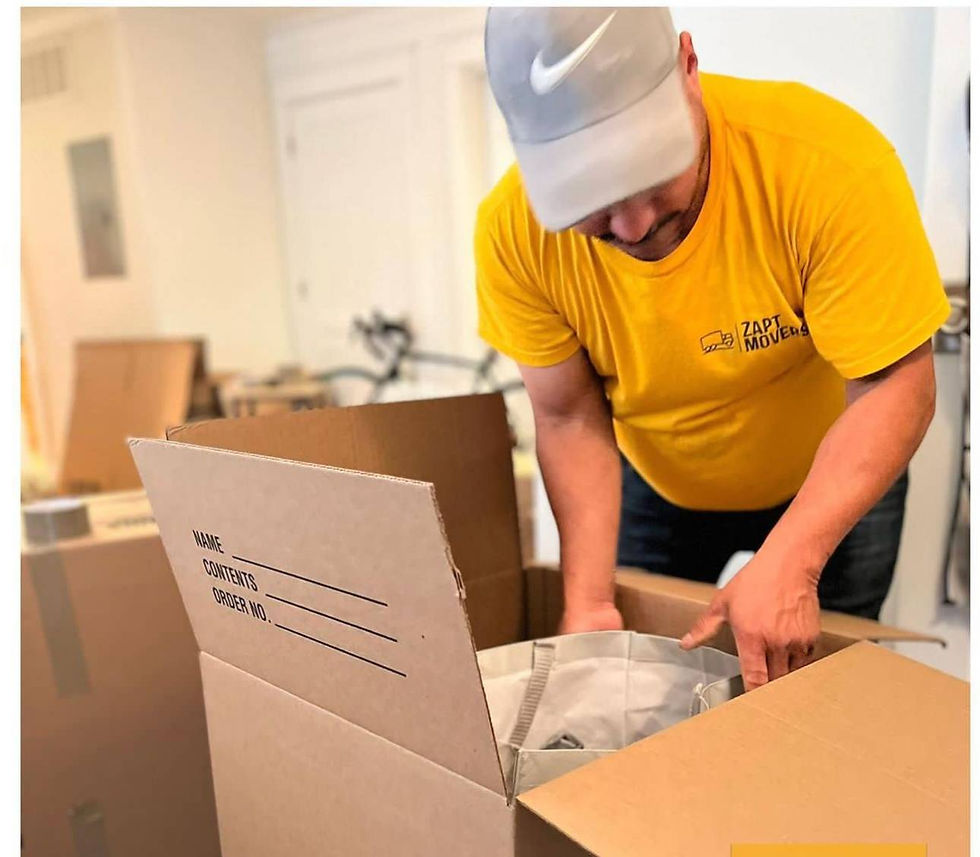700+
5-Star Reviews
10k+
Families Moved
100%
Satisfaction Guaranteed
By the numbers
Moving Services Tailored to Your Needs
From homes to businesses, we ensure a seamless move—making your transition smooth and stress-free.
Residential Moving
Moving to a new home? We specialize in seamless, stress-free residential relocations, ensuring your belongings are packed, transported, and unpacked with the utmost care.
Commercial Moving
Need to move your business? Our commercial moving experts have the experience to handle offices, retail spaces, and warehouses efficiently.
Packing & Unpacking Services
Hate packing? Let our professional team take care of it! We offer full-service packing and unpacking, using high-quality materials to protect your items.
Get Your Free Quote
Don't have time to pack? Zapt Movers offers professional packing, including custom crating for specialty items, to save you time and reduce stress.
Pack and Prepare
Need assistance with that last step of settling into your new home, our friendly movers can unpack boxes that we packed for you.
Move Day
Our team arrives on time, loads your items securely, and transports them safely to your new location.
Settle In
We help with unpacking and arranging your items so you can settle into your new space without the stress.
Why Zapt Movers is Your Best Move
At Zapt Movers, we know that every move is more than just boxes and trucks—it’s about moving your life. Our dedicated movers treat your belongings with the same care as if they were our own. Here’s why you can trust us.
Licensed and Insured: Rest assured, you're in safe hands.
Reliable Team: Our trained professionals are committed to punctuality and careful handling of your items.
Affordable Rates: Transparent pricing with no hidden fees, giving you peace of mind.


What Our Customers Are Saying
From all moves relocations, we’ve earned the trust of countless happy customers. Read their stories and see why we’re the preferred choice for stress-free moving.
.png)
Main Office Office
25509 Industrial Blvd, Hayward, CA, 94545
Phone:
(415) 843-2532
Email:
Operating Hours:
Everyday: 8:00 AM - 7:00 PM
Localtions
San Francisco Movers
San Jose Movers
San Mateo County Movers
Bay Area Movers
Los Angeles Movers
Orange County Movers
Dallas - Fort Worth Movers
Menu
Company
© Copyright 2025 | All Rights Reserved | Zapt Movers | DOT Number 3438977 | Local State License CAL-T0192235















